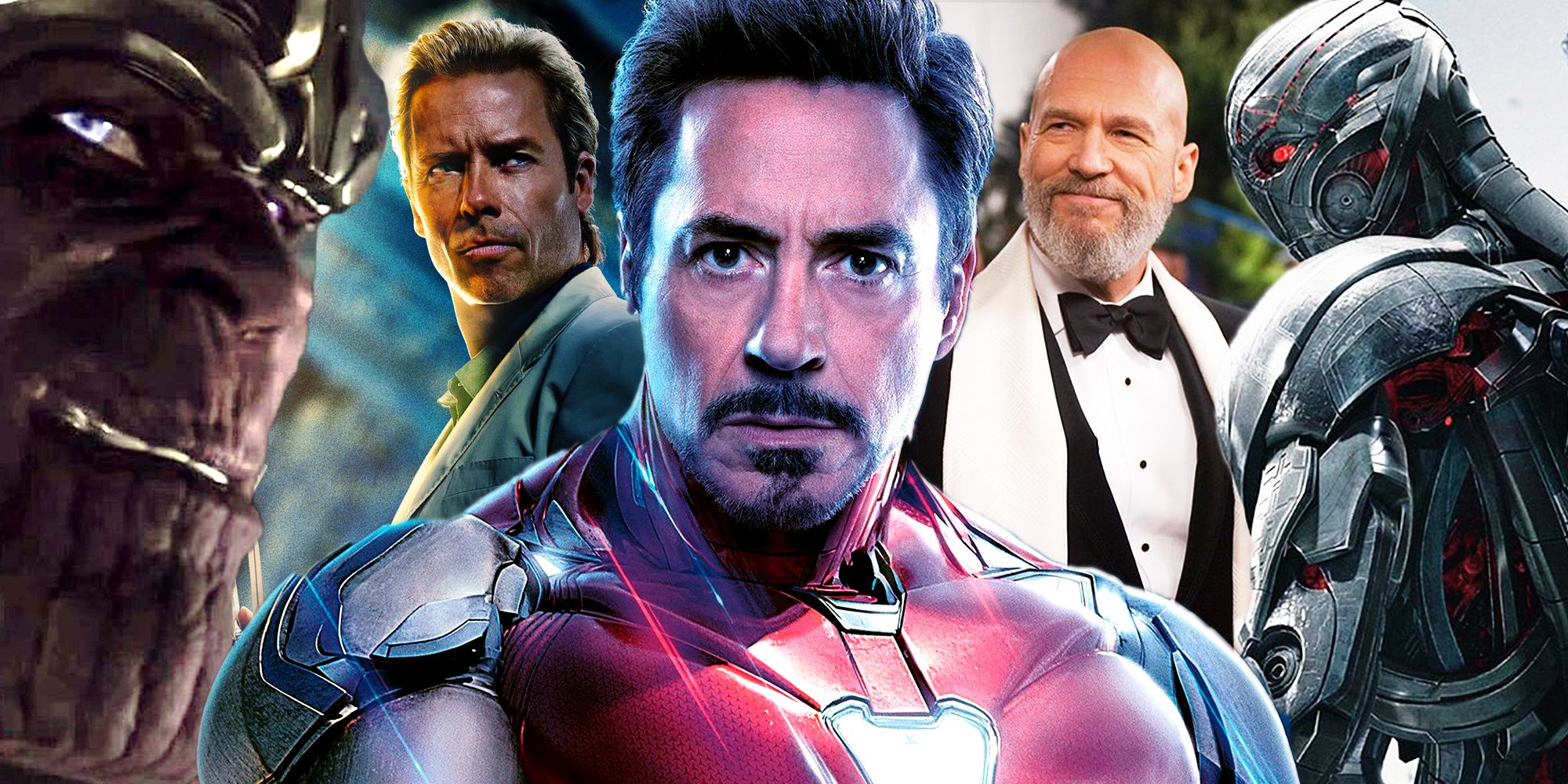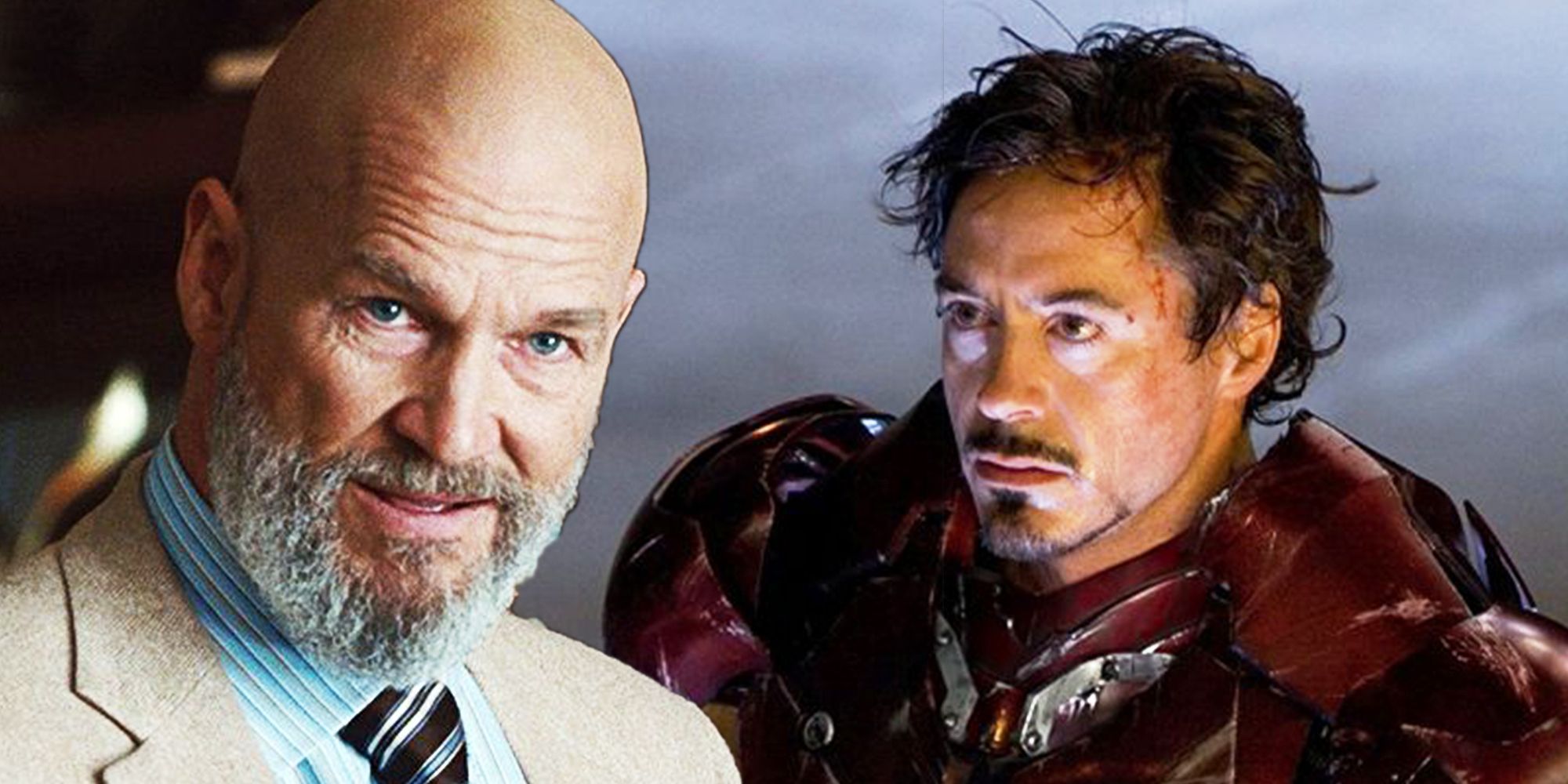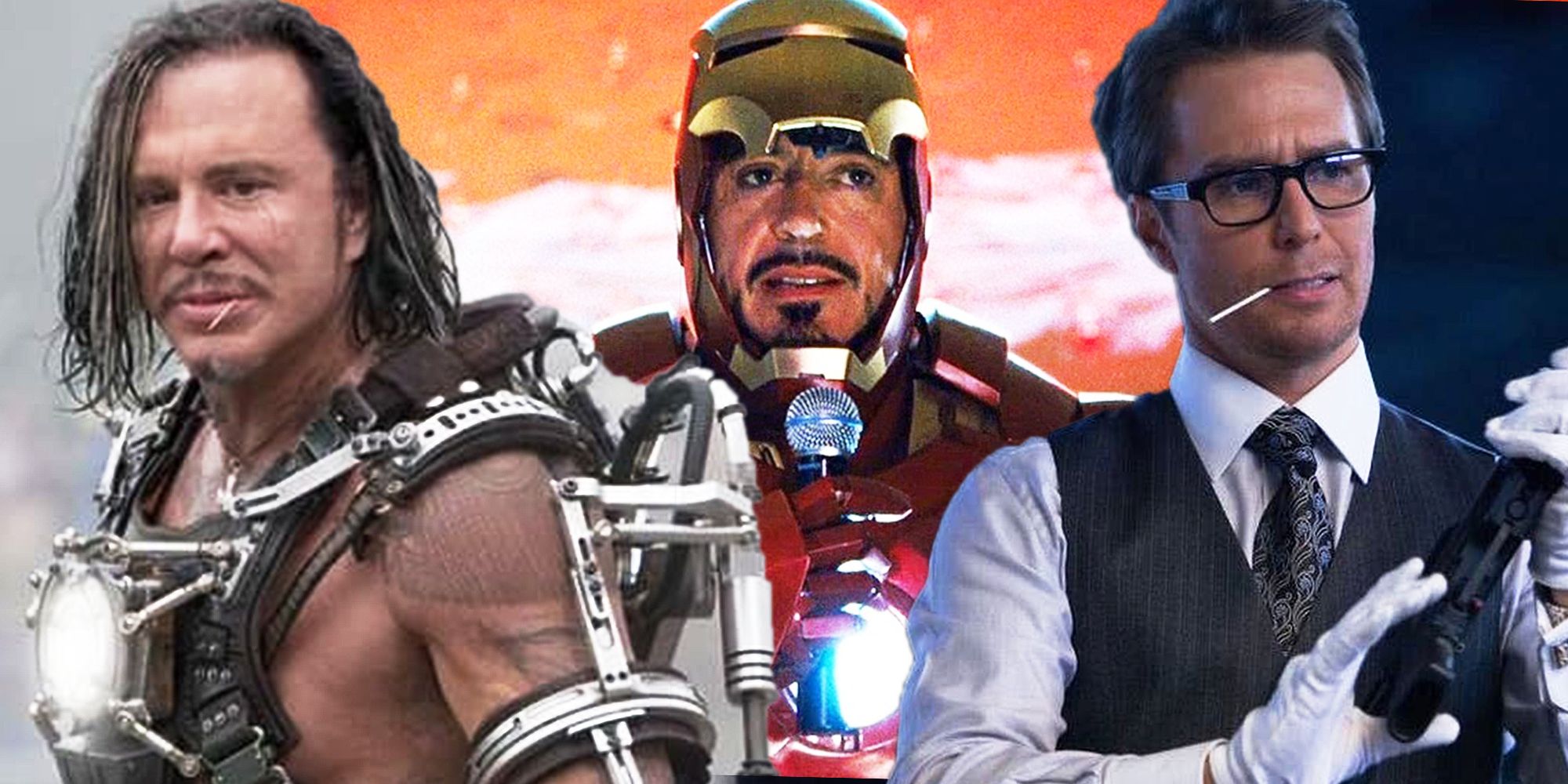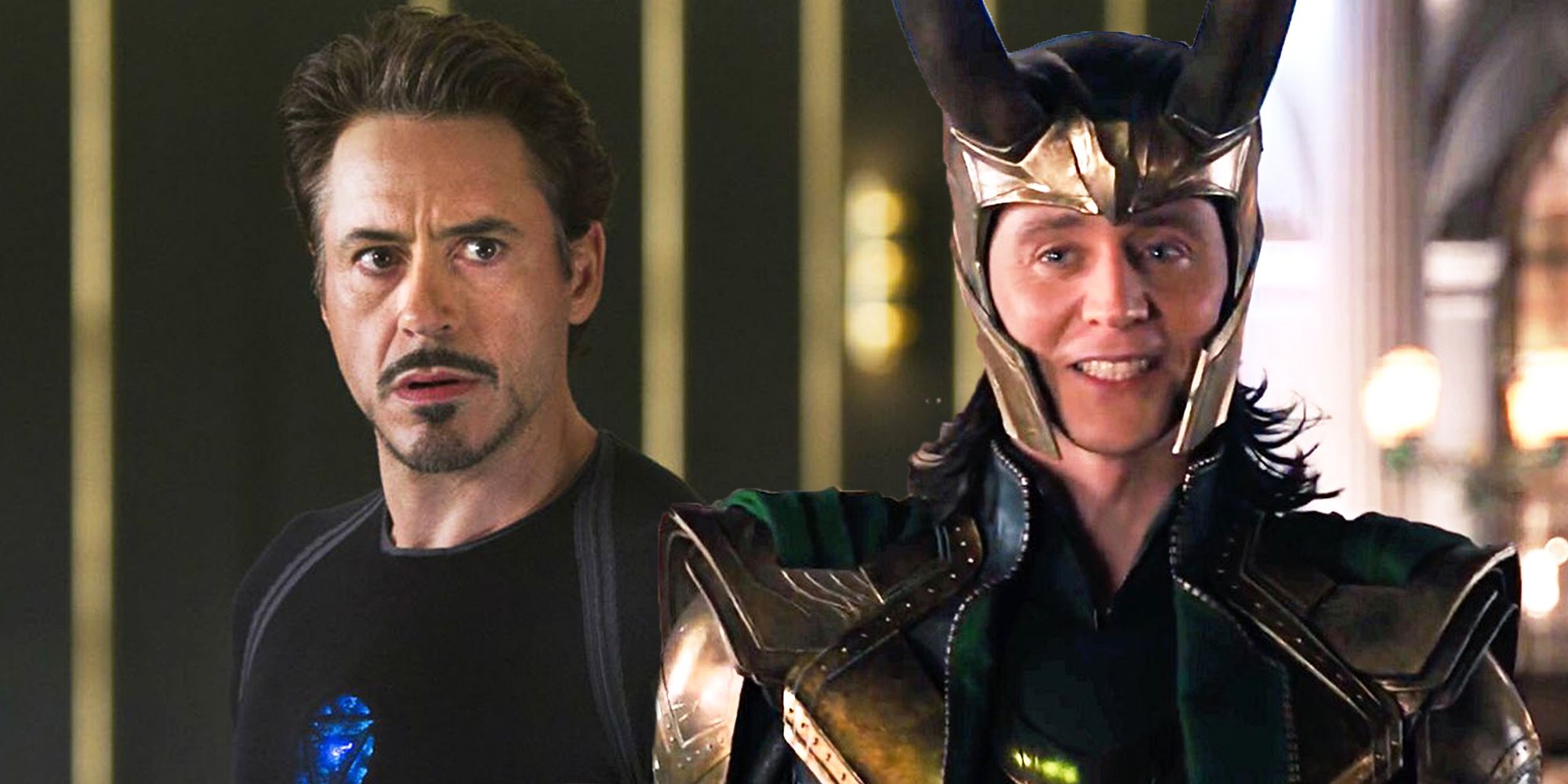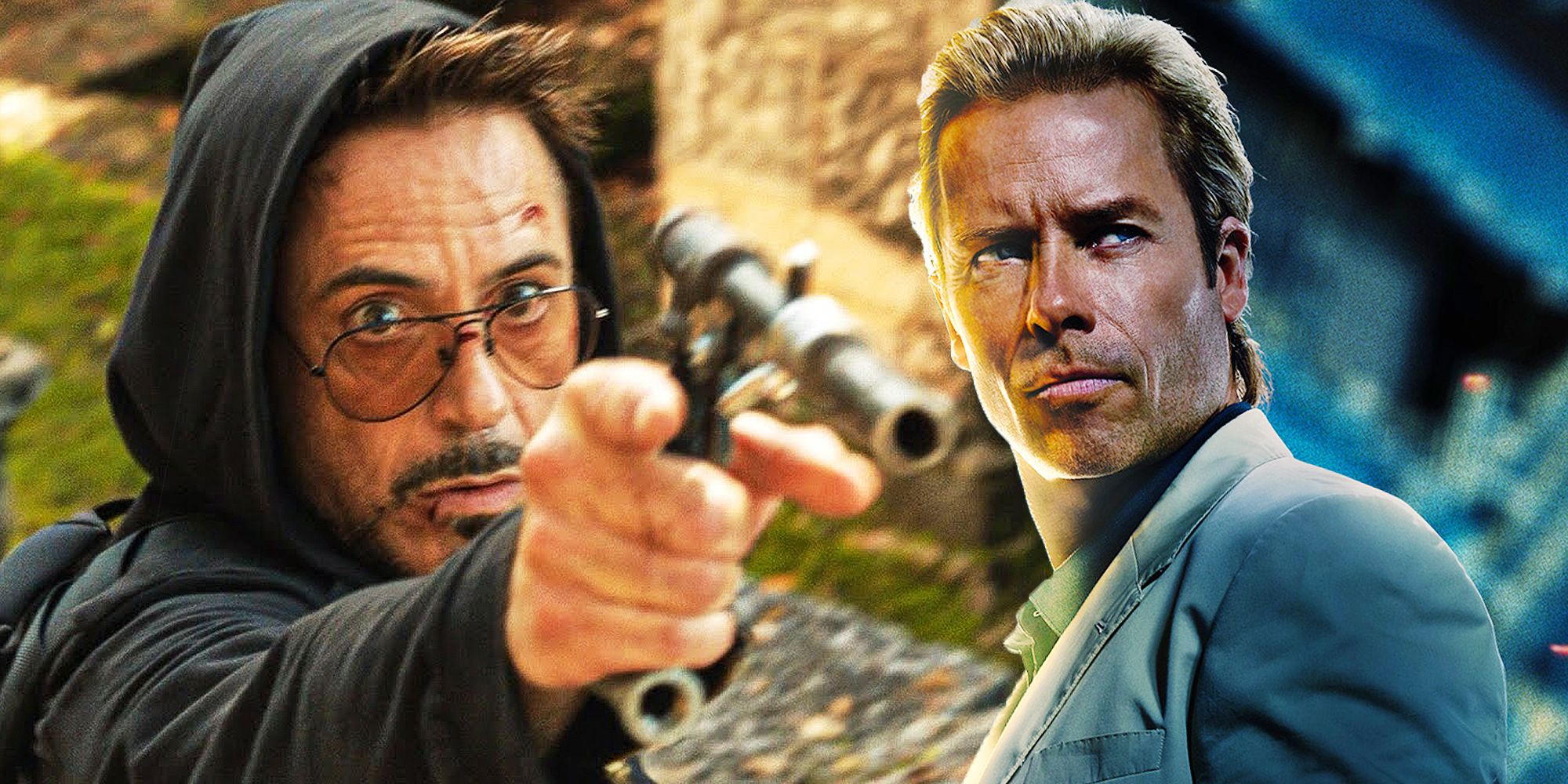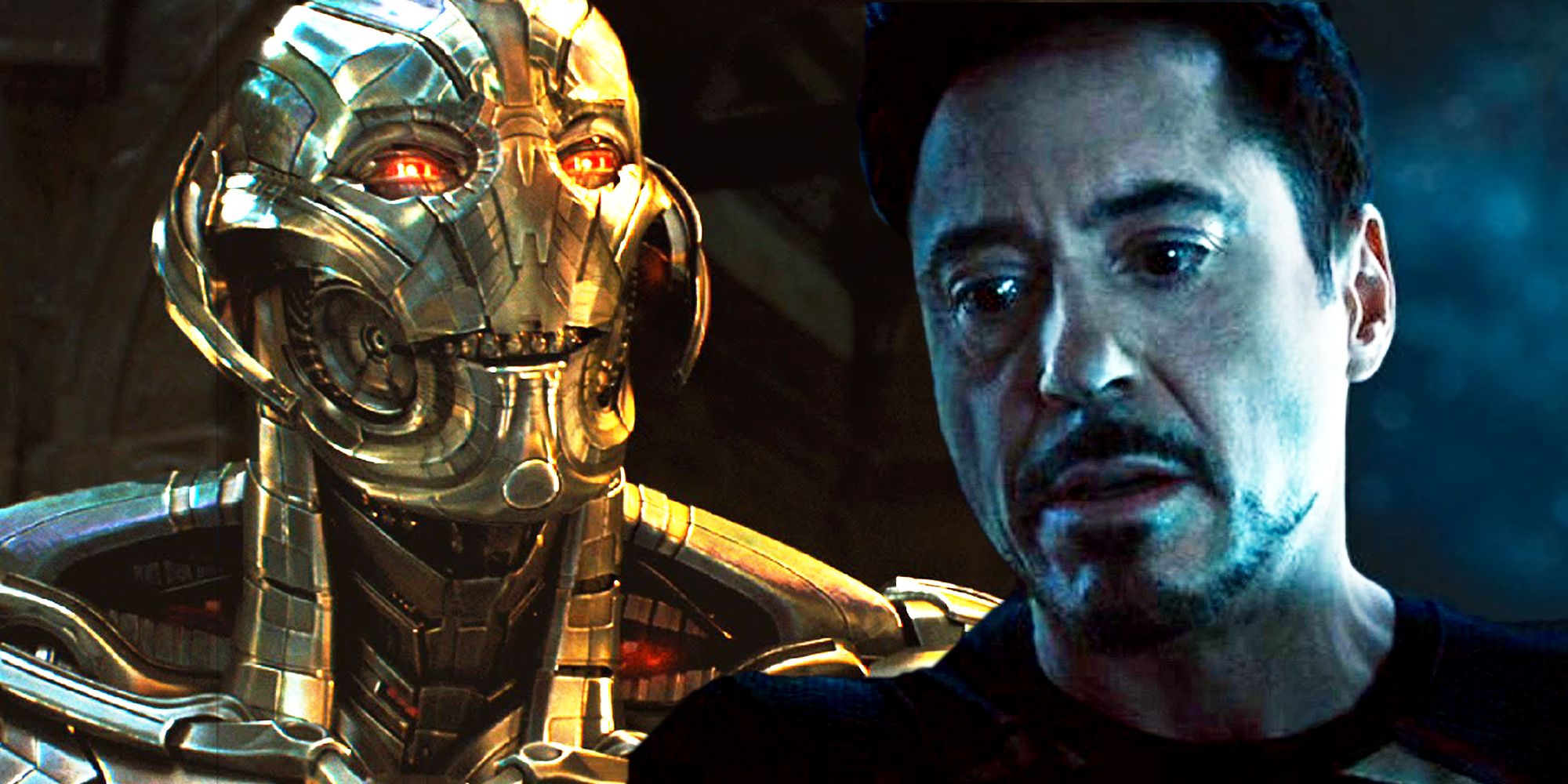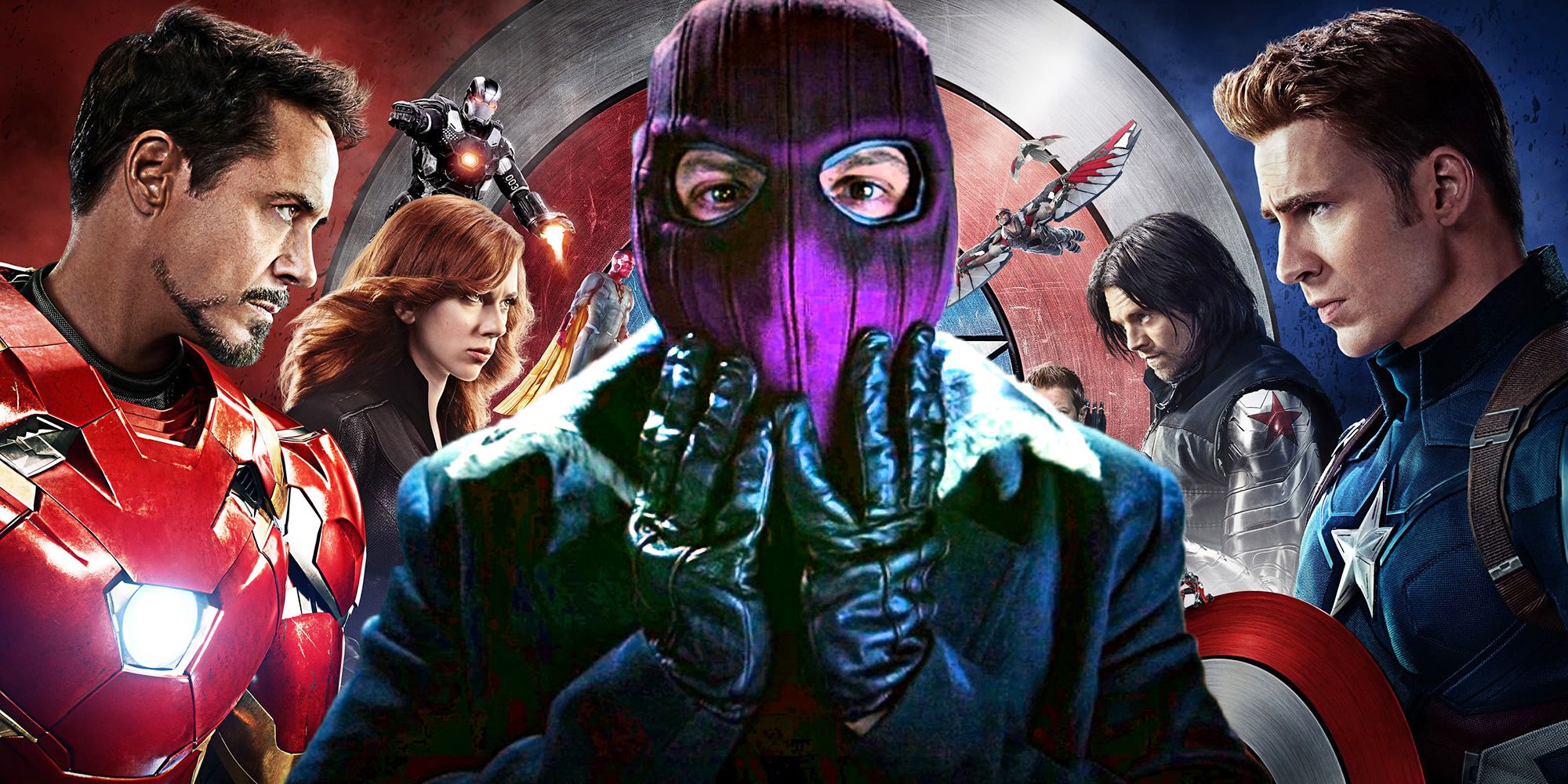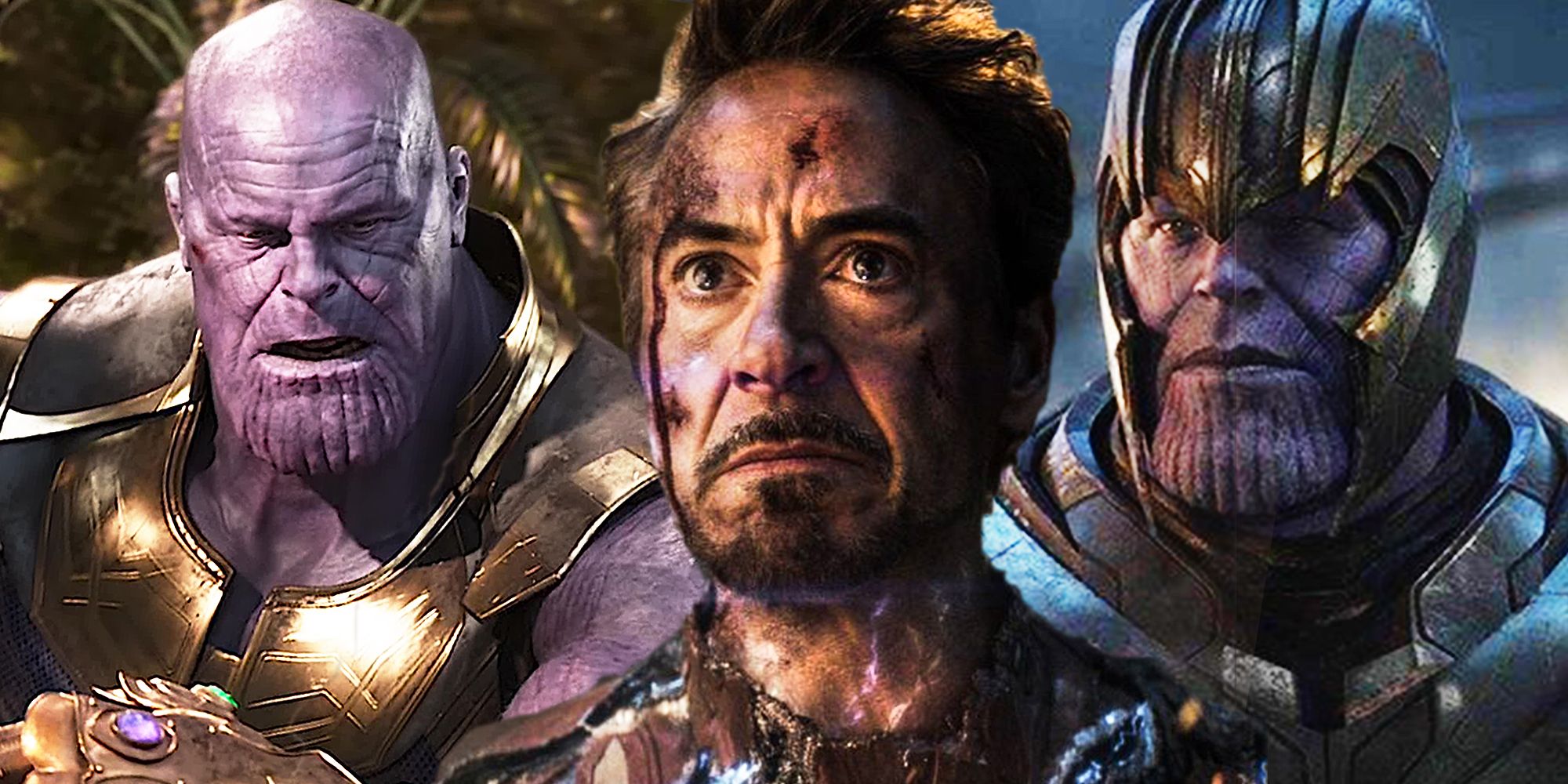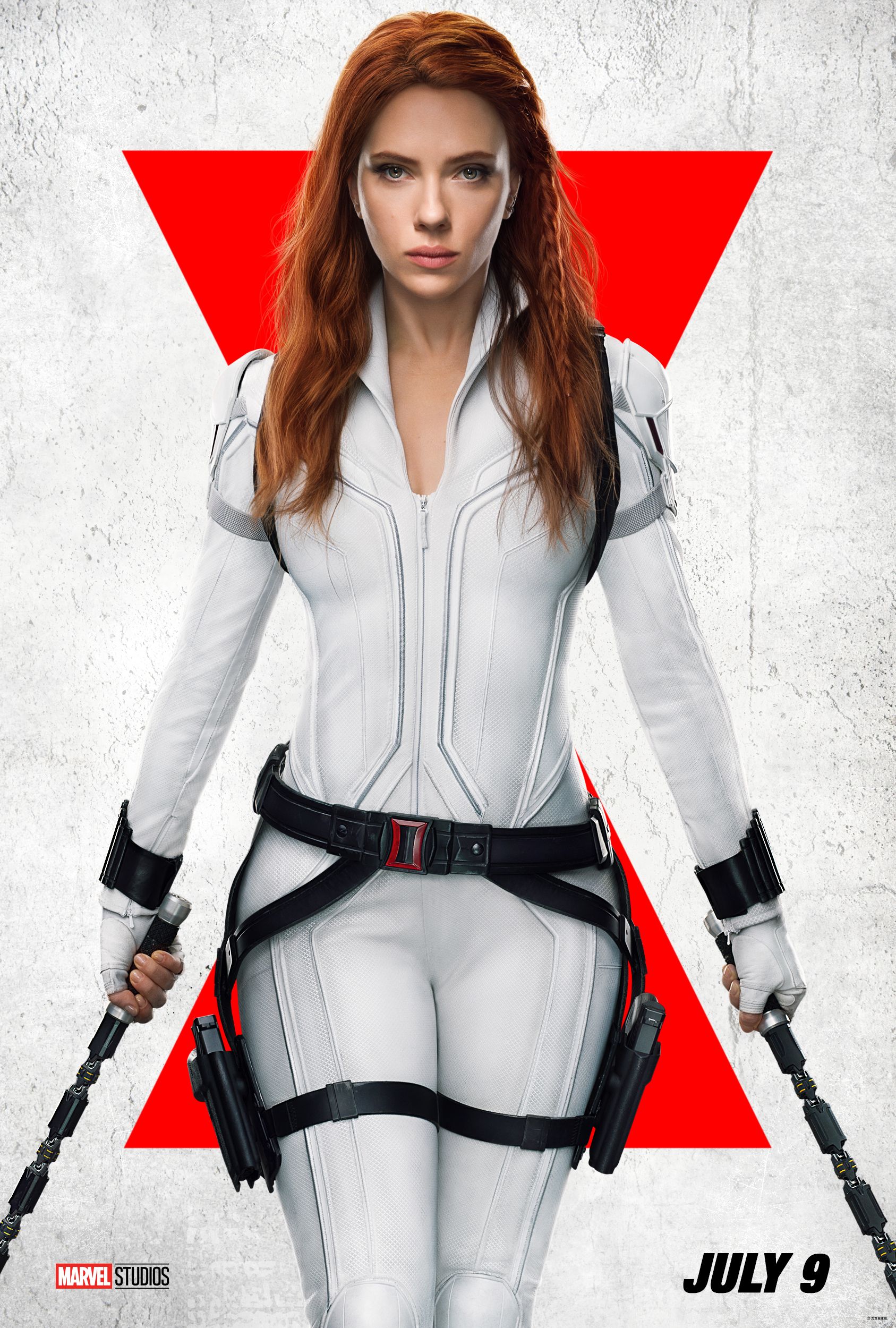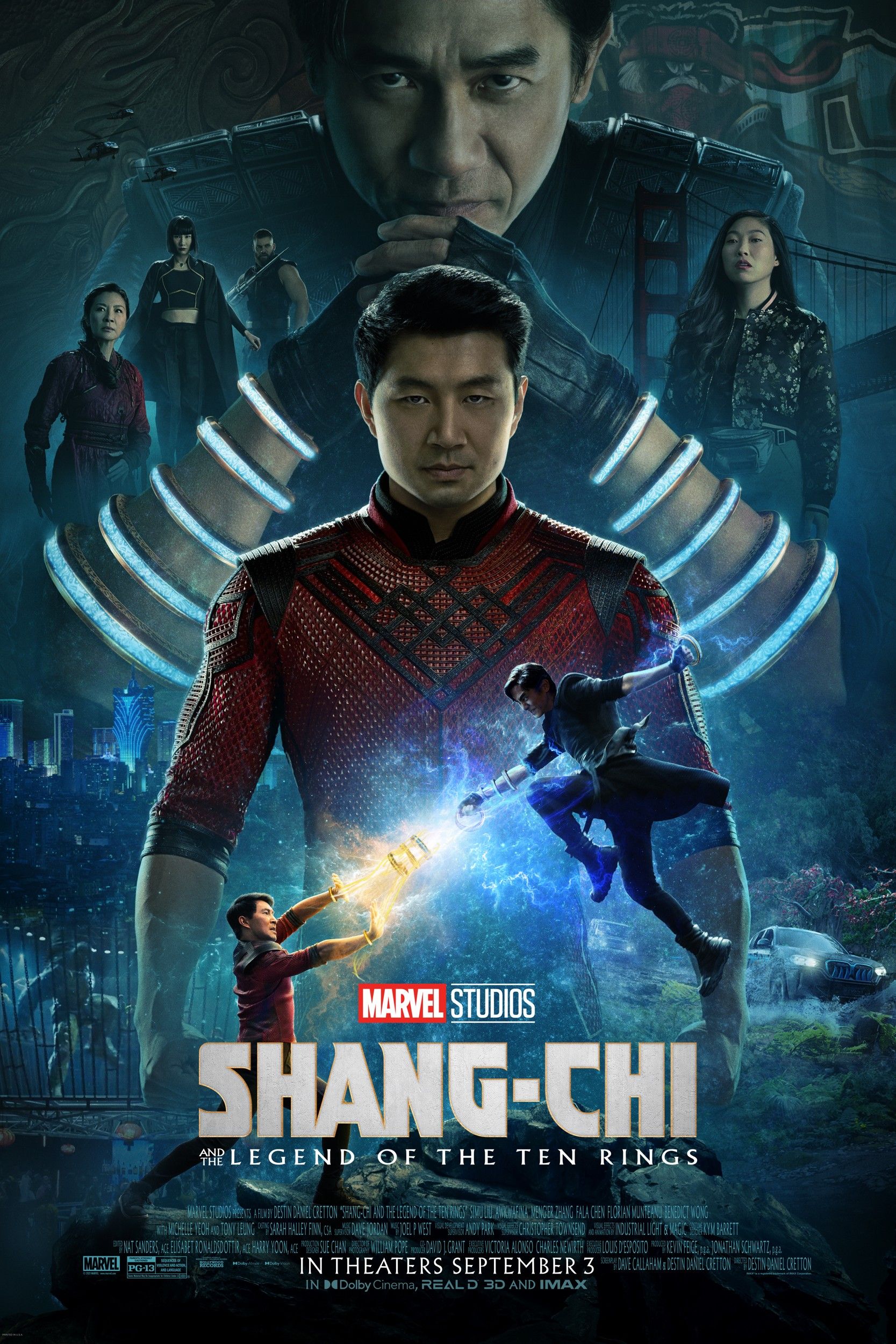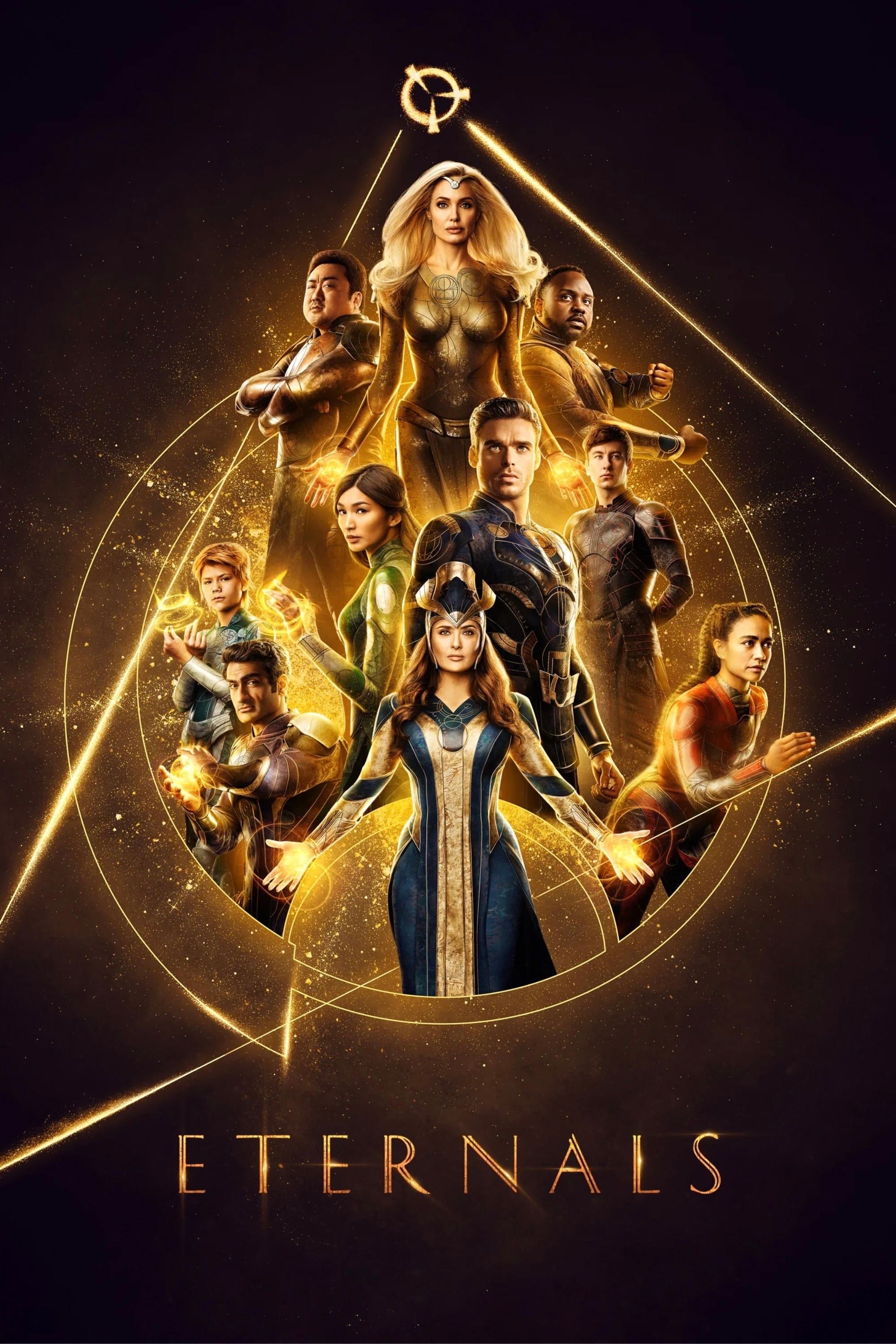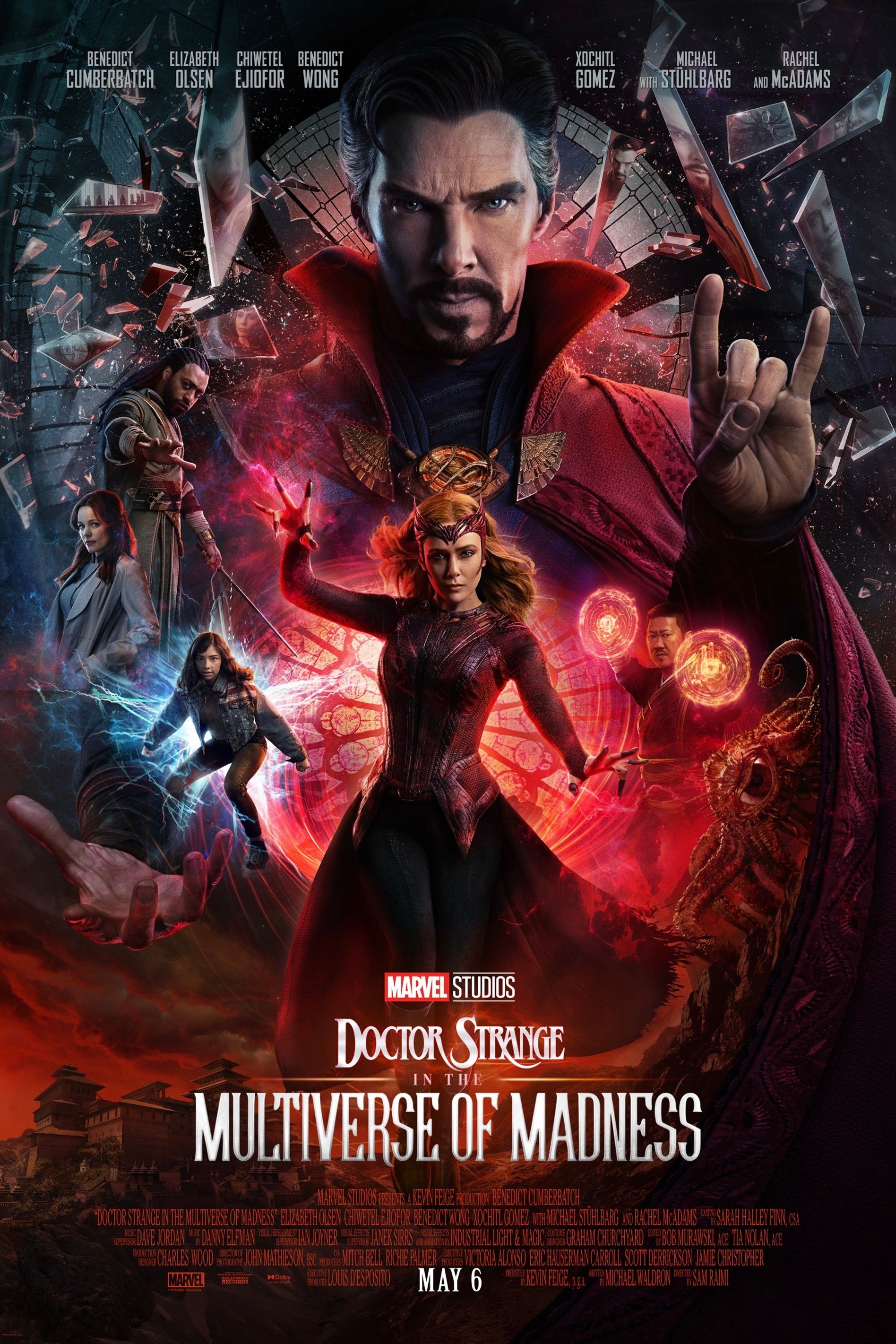Tony Stark became the most important hero in the Marvel Cinematic Universe as Iron Man because he learned multiple valuable lessons from each of Iron Man's villains. Robert Downey Jr.'s armored hero helped give birth to the MCU in 2008, and with it a new golden age of superhero movies. Ever since the first Iron Man movie was released, the charisma of each of the Avengers, the long-form narrative of the stories, and the interconnectivity of the universe have become the key elements of the franchise.
In the comics, Tony Stark has faced numerous interesting villains, some of which he didn't get the chance to meet in the MCU, such as his archnemesis, the real Mandarin. However, Tony has never been as prominent in the source material as he is in the movie adaptations. For instance, Thanos was defeated by the collective efforts of Adam Warlock, Silver Surfer, and Nebula in the original Infinity Gauntlet storyline, where Iron Man had a much less crucial role.
Fortunately, the MCU took advantage of the success of the Iron Man movies and Robert Downey Jr.'s influence on the rest of the franchise to craft a complex cinematic universe with Tony Stark as its crown jewel. In the movies, the tech genius evolved with each antagonist he faced — he developed better technology, learned from their mistakes, and adapted to the negative consequences of his own decisions. Here's how each of his villains impacted Iron Man's MCU journey.
Obadiah Stane (Iron Man)
Tony Stark's first lesson is perhaps his most important. He started out as "The Merchant of Death" — a nickname he would later turn into "the savior of the universe." To achieve it, he had to go through a grueling transformation that entailed crushing defeats and satisfying victories. The first challenge he had to endure was the kidnapping incident in Afghanistan, which snapped him out of his greedy behavior and made him realize that he could use his wealth and power to craft inventions for defense rather than weapons of mass destruction.
Soon after, the betrayal of his business partner Obadiah Stane completed Tony's surrender of his greed, as the Iron Monger embodied everything that an evil Tony Stark could become. Tony, with a more balanced outlook on life, was now capable of learning from his mistakes, as evidenced by his solution to the "icing problem" the Iron Man Mark III armor suffered at high altitudes, whereas Obadiah Stane remained too blinded by his greed to realize he had built the reason for his own demise right into his equipment.
Ivan Vanko and Justin Hammer (Iron Man 2)
Iron Man 2 has been criticized for its excessive focus on setting up future movies, but Tony Stark actually went through an important transformation in the sequel, learning valuable lessons from his fight against Ivan Vanko a.k.a. Whiplash and Justin Hammer. From the very first scene, Iron Man 2 established the potential dangers the Iron Man technology could signify in the wrong hands, and how Tony believed the right hands were his by default. This would be challenged by Whiplash, who easily totaled Tony's fancy new Mark V Iron Man armor with a cheap pair of whips.
Justin Hammer put the public image of the Iron Man armor at peril with his own tech. When both Ivan Vanko and Justin Hammer showed Tony that anybody could copy him with enough determination, he found himself forced to ditch his vices and his egoism in order to remain a hero. Leaving a major part of his ego behind also allowed him to partner with James "Rhodey" Rhodes and grant him the War Machine mantle. His first superhero friend team-up was his initial insight at what teamwork could achieve, which would be crucial later on for The Avengers.
Loki (The Avengers)
Tony kept part of his ego in The Avengers, nonetheless. He built a monumental tower bearing his name, oblivious to the fact that he would soon have to play well with others whether he liked it or not. With Loki's Chitauri invasion as an imminent threat to Earth, Tony was forced to team up with heroes much stronger than himself. As expected, he butted heads with Captain America, a righteous soldier who only played by the rules, as well as with his dominant boss, Nick Fury, and both Thor and Loki, two incredibly powerful gods. He also found his intellectual equal in Bruce Banner and reteamed with Black Widow, who had previously shown herself to be completely unimpressed by Tony.
However, this conflict helped him understand that the universe is truly bigger than he ever thought and that he wasn't invincible. Tony used this knowledge to put his life on the line when he carried a nuclear warhead through an alien portal to blow up the Chitauri mothership, thus averting the alien invasion that could have triggered a catastrophic chain reaction. In short, Tony abandoned his quest for power in order to stop Loki from succeeding in his own, something he would later replicate in his fight against Thanos. Luckily, post-Battle of New York PTSD and millions in damages weren't the only things Loki left Tony.
Aldrich Killian (Iron Man 3)
All the problems Tony Stark faced in Iron Man 3 were consequences of his tendency to underestimate people and situations. A simple mistake in 1999 created a future villain in Aldrich Killian, one of his most destructive enemies. Killian used his resentment over Tony Stark, his scientific idol, rejecting him at a New Year's Eve party to create a biological weapon that almost cost Tony his best friend and his future wife. Tony also underestimated the threats of The Mandarin when he publicized his home address and paid the price for it.
The dangerous Iron Man 3 villain forced Tony to be as humble as he's ever been. After the destruction of his home, the millionaire playboy had to work alongside 10-year-old Harley Keener without access to technology, money, or superpowered contacts. This was a blessing in disguise for Tony, who took the opportunity to get back to his resourceful roots, proving that it wasn't his wealth that made him a superhero, but rather his genius mind and undying determination. Tony still underestimated Pepper Potts' abilities - until she killed an Extremis-powered Aldrich Killian by herself. But when Tony got rid of his arc reactor, he internalized what it really meant to be Iron Man.
Ultron (Avengers: Age of Ultron)
Tony Stark's lesson in Avengers: Age of Ultron is the result of a misguided attempt to be a better hero after Iron Man 3's conclusion. He joined forces with Bruce Banner to materialize his vision of a "suit of armor around the world" that would prevent more of his typical mistakes. However, Tony wasn't yet ready to complete his MCU journey, and Ultron ended up embodying his worst characteristics and throwing a wrench in the works.
Scarlet Witch illustrated the fears that Ultron awakened in Tony — mainly, his failure to save the people he cared about and the world at large, including setting Hulk off on a rampage that foreshadowed Ultron's destruction. But with Vision, Ultron committed the same mistake Tony made when creating him, which was building a humanoid manifestation of his own biased concept of "perfection." Unlike Tony, Ultron failed to adapt, whereas Tony quickly learned that he needed to be flexible as a hero despite the tragedies and responsibilities it would entail.
Zemo and Captain America (Captain America: Civil War)
Captain America: Civil War once again punished Tony Stark for his efforts to right his wrongs. Motivated by the massive collateral damage sustained in the Sokovia battle against Ultron, Tony championed the government side of the Sokovia Accords, which sought to hold superheroes responsible for their actions and make them answerable to a government body. Captain America left Tony questioning whether or not superheroes no longer having autonomy was the worse of the two evils. Things got personal when Helmut Zemo revealed Bucky Barnes murdered Tony's parents, pushing Tony to seek revenge and learn that justice isn't always so clearly defined.
Tony's idea of justice was to prevent more tragedies from happening. The number of lives he and the Avengers protected were increasingly starting to clash against the collateral damage and unintended consquences, and his guilt was growing too heavy to handle. The rise of Zemo, who tried to break apart the Avengers due to his own thirst for revenge after the heroes accidentally killed his family, led Tony to betray his idea of justice and attempt to enact revenge on Bucky and Captain America. Once everything settled down and Tony Stark found himself defeated, he understood that he couldn't both protect society from superheroes and avenge his parents; it had to be one or the other and he had to abide by his own rules.
Thanos (Avengers: Infinity War and Avengers: Endgame)
Tony Stark and Thanos have a parallel MCU story. Both are self-proclaimed heroes obsessed with saving the universe due to the trauma of their previous failures. They were both called by fate to redeem themselves, and both tried to create a failsafe to make it happen (Ultron and Thanos' minions) but were forced to do it by themselves. By Avengers: Infinity War, Tony Stark was experienced enough to notice these similarities and take the necessary measures to one-up Thanos. However, the Mad Titan happened to be more prepared, and Tony's final lesson came from his crushing defeat when Thanos accomplished his goals of destruction.
Tony's final lesson wouldn't make itself evident until Scott Lang returned from the Quantum Realm with another chance at victory in the form of time travel. Tony was finally going to have a loving family and a peaceful life without Iron Man (which is the opposite of what he wanted at the start of his MCU journey), but he knew that he needed to sacrifice it and do whatever it took to revert Thanos' actions. The word that defines Iron Man's ultimate lesson is "sacrifice," which also serves as the theme of both Avengers: Infinity War and Avengers: Endgame and is reflected in Thanos' misguided sacrifices to bring balance to the universe.

